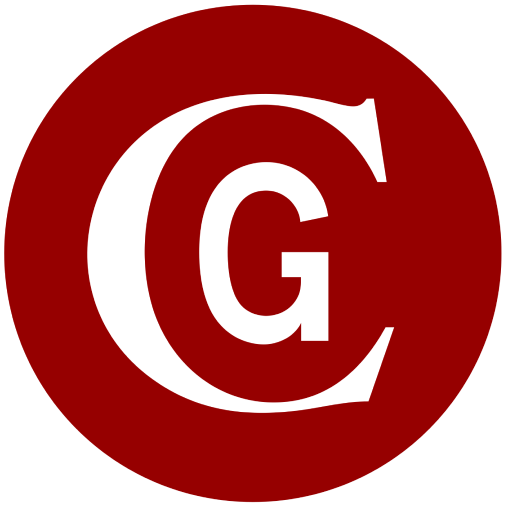2025 |
Pebble Beach Auctions1966 Cheetah GT Coupe
Register to BidEstimate
$700,000 - $800,000
Chassis
029
Car Highlights
The Final Cheetah Built at Bill Thomas Race Cars in Anaheim, California
Exceptionally Original and Unrestored Time Capsule
Fully Documented History with Period Photos and Correspondence
Just Four Devoted Owners from New
Chevrolet’s Unofficial Answer to Carroll Shelby’s Cobra
Awarded Second Place in the Postwar Preservation Class at Pebble Beach in 2008
Technical Specs
327 CID OHV V-8 Engine
Rochester Ramjet Mechanical Fuel Injection
375 BHP at 6,200 RPM
4-Speed Manual Gearbox
4-Wheel Hydraulic Cerametallic Drum Brakes
4-Wheel Independent Suspension
Saleroom Addendum
Please note that this vehicle is titled as 46664029.
RELATED VEHICLES



